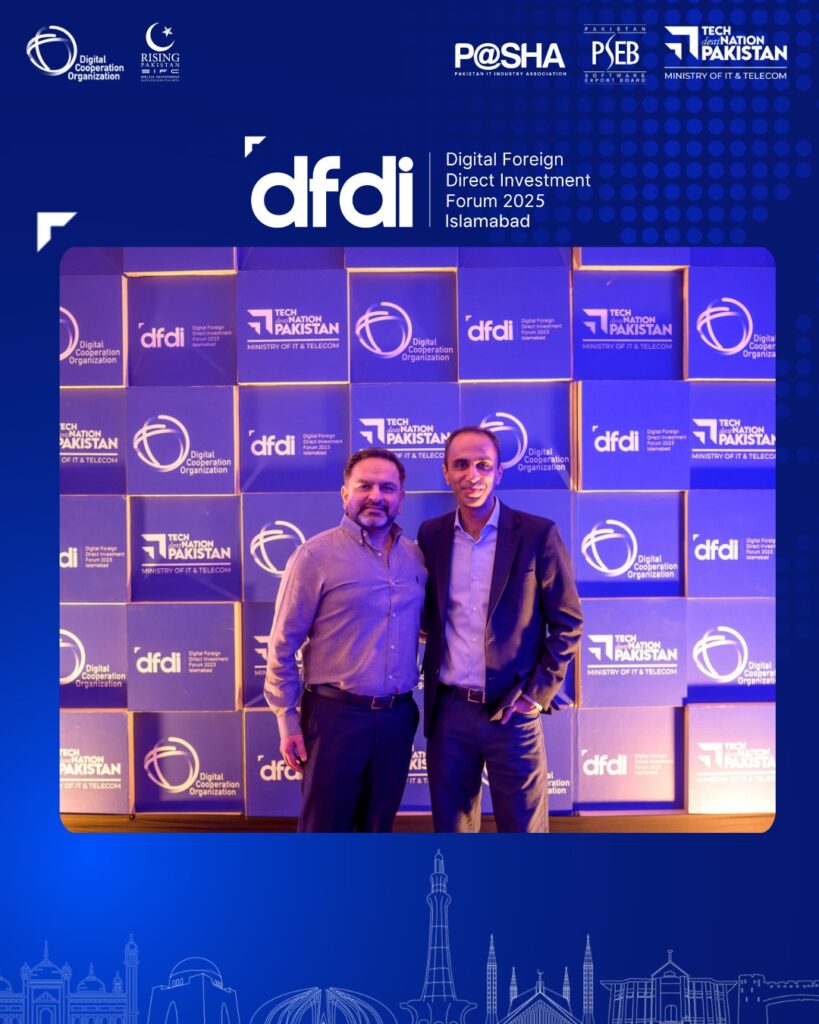Table of Contents
Digital Inclusion Building an Equitable
Digital inclusion is key to creating a more connected, empowered, and equitable world. In this comprehensive guide, we explore how digital inclusion impacts education, healthcare, business, and civic engagement. Learn the core components of digital inclusion.
What is Digital Inclusion?
Digital inclusion is the effort to ensure that every individual and community—regardless of age, income, location, or ability—has access to and the ability to use digital technologies effectively. It goes beyond simply having a computer or smartphone. Digital inclusion includes access to reliable internet, digital skills, accessible technologies, and tech support.
As the world becomes increasingly dependent on technology, digital inclusion is no longer optional—it’s essential for education, employment, healthcare, and participation in modern society.

📡 Importance of Digital Inclusion in Today’s World
Digital inclusion is vital for economic development, social equity, and innovation. Here’s why:
- Bridges the digital divide between urban and rural communities
- Enables remote learning and telehealth services
- Increases access to government services and financial tools
- Supports job creation and entrepreneurship
- Promotes civic engagement and community building
A digitally inclusive world ensures no one is left behind in the digital revolution.
🧱 Key Components of Digital Inclusion
To understand digital inclusion, let’s break down its five essential components:
1. Affordable and Reliable Internet Access
Access to fast, affordable broadband is the foundation of digital inclusion. Without it, digital services remain out of reach.
2. Access to Devices
Laptops, tablets, and smartphones must be available and affordable for every household.
3. Digital Literacy Training
People need the knowledge and confidence to navigate the internet, use apps, and protect themselves online.
4. Technical Support
Ongoing help with device setup, troubleshooting, and cybersecurity issues is critical—especially for seniors and underserved populations.
5. Inclusive Content and Platforms
Websites and tools must be accessible to people with disabilities and available in multiple languages.
🏛️ Role of Governments in Promoting Digital Inclusion
Governments play a central role in implementing national strategies to promote digital inclusion:
- Invest in broadband infrastructure in underserved areas
- Subsidize internet access and devices for low-income families
- Support public libraries and community centers with digital access points
- Mandate digital accessibility standards in public services
- Collaborate with NGOs and private sector to run digital literacy programs
🏢 Business and Private Sector Contributions
Corporations and tech firms can drive change by:
- Offering discounted internet packages
- Creating inclusive and accessible products
- Sponsoring tech donations and recycling programs
- Developing training programs for digital skills
- Investing in community broadband initiatives
Corporate social responsibility (CSR) in the tech industry is a game-changer for digital equity.
🎓 Digital Inclusion in Education
Digital inclusion in education ensures all students—regardless of zip code—can learn and succeed.
- Schools must provide devices and hotspots to students without access
- Teachers should receive training in digital tools and inclusive teaching strategies
- Curriculums should include digital citizenship and online safety education
- Community organizations can host after-school tech labs
During COVID-19, the lack of digital inclusion highlighted the challenges of remote learning. Bridging the gap is essential for the future of education.
🏥 Digital Inclusion in Healthcare
Telehealth is transforming healthcare—but only for those with access.
Digital inclusion makes it possible for people to:
- Book virtual consultations
- Access digital health records
- Receive reminders and health alerts
- Use mobile health apps and wearable devices
For seniors, rural patients, and people with disabilities, inclusive digital healthcare can be life-changing.
👩💻 Empowering Marginalized Communities
Historically underserved populations—such as minorities, people with disabilities, seniors, and low-income families—face the highest barriers to digital inclusion.
Strategies to empower these groups include:
- Training programs in community centers
- Language-accessible platforms
- Inclusive design practices in tech development
- Grant funding for digital inclusion initiatives
When we close the digital divide, we open doors to opportunity, dignity, and inclusion.
🛠️ Tools and Technologies Supporting Digital Inclusion
Several tools and platforms help advance digital inclusion:
- Free public Wi-Fi hotspots
- Digital literacy apps
- Affordable laptop programs
- Voice-to-text and screen reader technologies
- Multilingual online platforms
Nonprofits and startups are innovating to reach the digitally excluded.
💡 Benefits of Digital Inclusion
The benefits of digital inclusion are far-reaching:
- Greater access to jobs and remote work
- Improved access to healthcare and education
- Financial empowerment through digital banking
- Reduced isolation among seniors
- Higher civic participation and voter engagement
- Increased innovation and economic development
Digital inclusion isn’t just about connectivity—it’s about opportunity.
🌐 Case Studies: Successful Digital Inclusion Initiatives
Successful digital inclusion initiatives across the globe showcase innovative strategies, scalable models, and impactful outcomes. Here are more real-world examples that reflect how governments, NGOs, and private sectors are bridging the digital divide.
📍4. India’s Digital India Campaign
Launched in 2015, Digital India is a flagship initiative aimed at transforming the country into a digitally empowered society.
Key Features:
- Expansion of rural internet connectivity through BharatNet
- Common Service Centers (CSCs) in villages for digital access to government services
- “DigiLocker” for storing official documents online
- PMGDISHA program to improve digital literacy among 60 million individuals
Impact:
Millions of rural citizens now have access to education, financial services, and healthcare through digital means.
📍5. Australia’s Be Connected Program
A government-funded program helping older Australians get online and improve their digital skills.
Key Features:
- Free in-person and online training courses
- Digital mentors in libraries and community centers
- Tailored content on topics like online banking, social media, and cyber safety
Impact:
Tens of thousands of seniors have gained confidence and independence in using digital devices.
📍6. Philippines’ Tech4ED Centers
The Technology for Education, Employment, Entrepreneurs, and Economic Development (Tech4ED) project creates digital hubs in underserved communities.
Key Features:
- Offers eLearning, online job application platforms, and skills training
- Located in libraries, schools, and LGU facilities
- Supports women, out-of-school youth, and persons with disabilities
Impact:
Empowered local communities by offering training in entrepreneurship and digital livelihoods.
📍7. New York City’s LinkNYC Project – USA
Transforming old payphones into free public Wi-Fi kiosks.
Key Features:
- Gigabit-speed Wi-Fi access across NYC
- Touchscreen tablets for maps and services
- Charging ports and emergency calling
Impact:
Provides internet access to millions of residents and tourists, with a focus on underserved neighborhoods.
📍8. UK’s Good Things Foundation
A social change charity promoting digital inclusion through partnerships with over 3,000 local organizations.
Key Features:
- Online Centres Network to deliver training
- Learn My Way: A free digital skills learning platform
- DevicesDotNow campaign to distribute internet-ready devices
Impact:
Helped over 3 million people gain digital skills and confidence, especially among older adults and jobseekers.
📍9. South Africa’s Project Isizwe
A non-profit initiative providing free public Wi-Fi in low-income communities.
Key Features:
- Partners with municipalities to install access points in townships
- Offers free access to government websites and education resources
- Encourages local business growth through connectivity
Impact:
Boosted internet accessibility in remote and disadvantaged areas, improving education and job search capabilities.
📍10. Canada’s Connecting Families Initiative
A federal program that offers low-cost internet and devices to eligible Canadian households.
Key Features:
- Partnered with major ISPs to offer $10/month internet
- One-time subsidized computers and laptops
- Includes free online safety and digital literacy resources
Impact:
Helped thousands of families connect to digital learning, remote work, and government services.
📍11. Mozilla’s Digital Skills Observatory – Kenya
A research initiative that studied how low-income smartphone users in Kenya develop digital skills over time.
Key Features:
- Trained users on smartphone use, mobile money, and online security
- Offered digital training in local languages
- Developed open-source digital skills curriculum
Impact:
Informed policy and design of inclusive apps tailored to users in emerging markets.
📍12. Brazil’s WiFi Brasil Project
Run by the Ministry of Communications, this project expands internet coverage to remote and indigenous communities.
Key Features:
- Installs satellite-based internet access points
- Provides connectivity to schools, health centers, and public spaces
- Focuses on Amazon rainforest regions and underserved municipalities
Impact:
Connected over 14,000 locations and continues to bridge rural digital gaps.
📍13. Ghana’s Digital Literacy Project for Women
A collaborative project between NGOs and mobile operators to improve digital literacy among women in rural Ghana.
Key Features:
- In-person and mobile-based training
- Focused on using smartphones, accessing health information, and online banking
- Used local trainers to increase cultural relevance
Impact:
Enhanced women’s access to digital finance, healthcare, and entrepreneurial tools.
📍14. Smart City Seoul – South Korea
One of the most digitally inclusive smart cities, offering free Wi-Fi and advanced digital services for all citizens.
Key Features:
- Free public Wi-Fi in subways, parks, and buses
- “I Seoul U” mobile app for civic engagement and services
- Smart senior centers providing digital training for older adults
Impact:
Achieved near-universal digital , making public services efficient and accessible.
🧭 Measuring Digital Progress
Key metrics to measure progress include:
- % of population with broadband access
- % of low-income households with internet
- Digital literacy levels
- Device availability
- Use of online government services
Regular evaluation helps tailor solutions and policies effectively.
🧱 Challenges in Achieving Digital
Despite progress, challenges remain:
- Infrastructure gaps in rural areas
- Affordability barriers for internet and devices
- Lack of digital skills
- Limited awareness of existing resources
- Accessibility issues for disabled users
Closing the gap requires sustained collaboration across sectors.
🔮 Future of Digital
The future of digital lies in:
- 5G and satellite broadband for hard-to-reach areas
- AI-based adaptive learning tools
- More inclusive software design standards
- Cross-sector coalitions for digital equity
- Youth-led digital advocacy movements
A more connected and equitable world is possible—and it starts with inclusive digital ecosystems.

✅ Conclusion
Digital is not a luxury—it’s a necessity. From education and healthcare to civic engagement and financial access, being digitally connected impacts every aspect of life. Achieving true digital equity requires action from governments, businesses, communities, and individuals. Together, we can build a digital future that leaves no one behind.
🙋♀️ Frequently Asked Questions (FAQs)
❓ What is digital ?
Digital is the effort to ensure that everyone has access to and can effectively use digital technology, including the internet, devices, and digital literacy.
❓ Why is digital important?
Digital inclusion is essential for equitable access to education, jobs, healthcare, and civic services in a digital world.
❓ How can we promote digital inclusion?
By expanding broadband access, providing devices, offering digital skills training, and ensuring platforms are accessible to all users.
❓ Who is most affected by digital exclusion?
Seniors, rural residents, people with disabilities, low-income families, and marginalized communities face the highest digital barriers.
❓ What are examples of digital inclusion initiatives?
Programs like Chicago Connected, Ajira Digital (Kenya), and digital literacy workshops in community libraries are examples.
Follow us on Facebook for Quick Response & Quires – Digital Foreign Direct Investment (DFDI)
